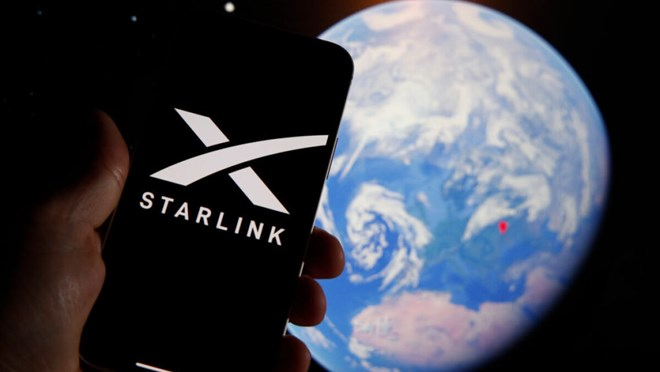Connectivity Revolution: Starlink & 5G Changing Somalia’s Digital Game

In April, Elon Musk confirmed on social media that SpaceX's Starlink satellite internet service is now fully licensed to operate in Somalia—a breakthrough after two and a half years of negotiations. In parallel, Hormuud Telecom's 5G network has now covered over 81% of key urban and semi-urban areas, including Mogadishu, Kismayo, and Galkayo. The 5G rollout includes free upgrades for existing 4G users, speeds up to 400 Gbps per wavelength, and data plans for just $20/month. Hormuud has also pledged disaster-connectivity support under GSMA’s Humanitarian Connectivity Charter. ([turn0news13], [turn0search27])
Why It Matters
-
Somalia is leapfrogging toward digital inclusion—expanding access is vital for education, business, healthcare, and civil service.
-
Starlink offers resilience against traditional infrastructure failures, especially in remote or conflict-impacted areas.
-
The affordability and reach of 5G sets Somalia apart regionally—digital accessibility is now a catalyst for economic and social transformation.
Areas to Watch
-
How rural communities utilize Starlink—whether schools, clinics, or entrepreneurs benefit most from broadband.
-
Financial inclusion and fintech innovation riding on secure, reliable high-speed networks.
-
Regulatory evolution to manage these new digital layers—regarding cybersecurity, spectrum, and competition.
3. Al-Shabab’s Momentum: Who Can Stem the Tide in Central Somalia?
Summary
Amid mounting pressure, there have been recent blunt reminders of al-Shabab’s resilience. On July 27, the extremist group seized Mahaas—a strategic government outpost in the Hiraan region—after suicide bombers attacked the perimeter and allied militia pulled back. Only weeks earlier, a suicide bombing at Jaalle Siyaad Military Academy in Mogadishu underscored worsening security in the heart of the capital. Combined with U.S. cuts to training and stipends for Somali elite forces, and shifting power dynamics as Turkey expands its military footprint—with drones and troops—Somalia’s security landscape is under intensified strain. ([turn0news15], [turn0news16], [turn0news14])
Why It Matters
-
Al-Shabab’s capture of Mahaas illustrates vulnerability in central Somalia, even after years of counter-offensives.
-
Attacks on elite training centers raise concerns about the morale, cohesion, and resource reliability of Somali forces.
-
As Western backing retracts, Somalia is drifting toward dependence on Turkish military and economic support—a recalibration with geopolitical consequences.
Areas to Watch
-
The Somali military and AU-backed forces’ response—can the offensive regain control of lost territory?
-
Donor and AU commitment to AUSSOM, including how the new structure compensates for ATMIS’s withdrawal.
-
Civilian fallout—whether civilian casualties during counter-insurgency efforts inflame grievances further.